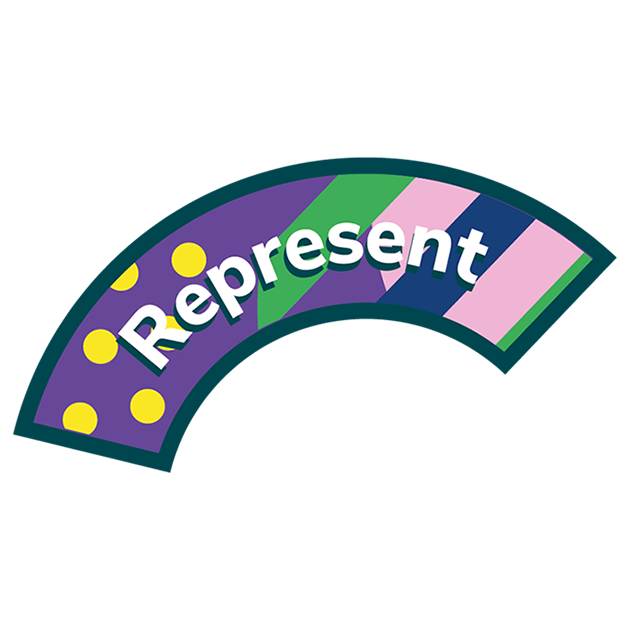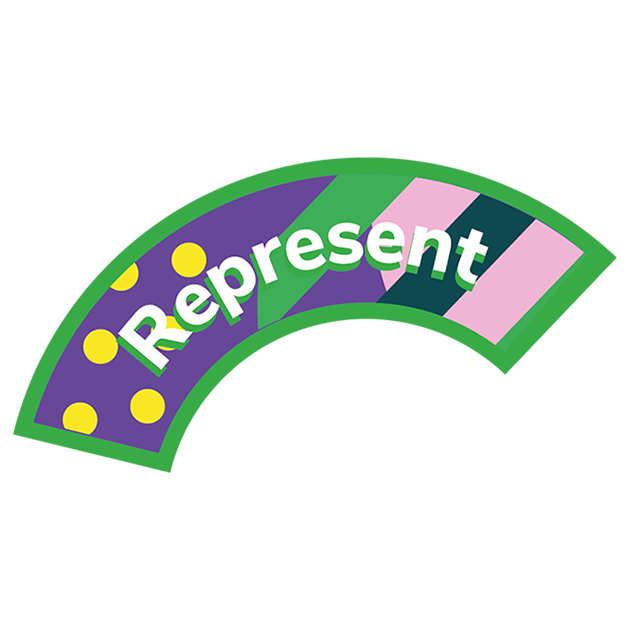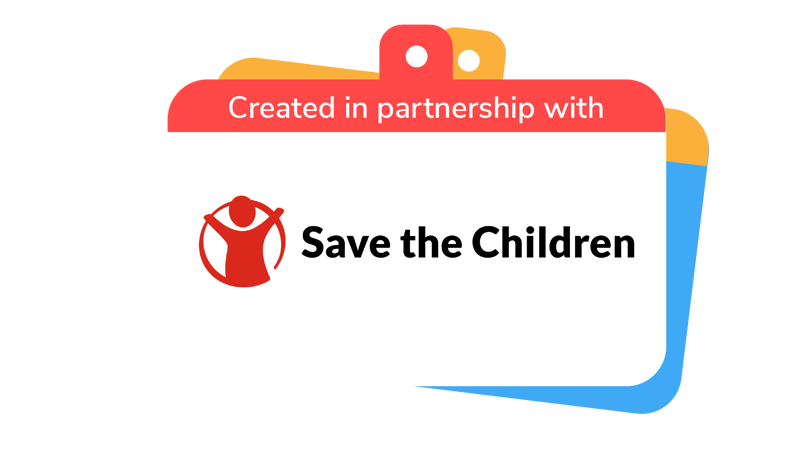
Making connections
You’ll need
- Device with access to the internet
- Pens or pencils
- A4 paper
Before you begin
- Write the Questions to ask on six pieces of paper and display them around your meeting space.
- You may want to do Community connections to get everyone thinking about the connections between people.
- What theme did we explore?
- What did we do?
- Why did we do it?
- How did it make you feel? What skills did you develop?
- How did the project make a difference for people or the environment?
- What could we do now? How could we achieve the next stage of our badge?
Remember, remember
- The person leading the activity should help everyone remember the main details about their project so far. They should use any resources, photos, or videos to help jog people’s memories.
- Everyone should move around the room, visiting each of the six pieces of paper. They should think about each question, chat with their friends, then jot down their ideas.
It’s especially important to write down the answers to the final question.
- Everyone should share their ideas.
This is a great chance to congratulate everyone again – take a moment to celebrate successes and people’s hard work.
Make connections
- Everyone should get into a circle.
- Everyone should take it in turns to share what they know about Scouts as an international movement.
If people are struggling you could as them where they’d find Scouts, what sorts of things all Scouts have in common, and what Scouts like to do.
- The person leading the activity should help everyone keep track of their answers. They may remember them to recap at the end or jot them down somewhere everyone can see them.
- Once everyone’s thought about what unites Scouts, the person leading the activity should help everyone think about what’s different from group to group. They could think about languages, activities, and when and where they meet to get them started.
- The person leading the activity should explain that within the Scouts community there are young people whose lives are very similar and young people whose lives are very different. This is true within the UK as well as internationally.
- Everyone should try to think of Scout groups that run differently to theirs. They could think about Sea Scouts and Air Scouts as well as faith groups.
- The person leading the activity should remind everyone about the activities they’ve done to think about refugees and displaced children in their community. Has anyone thought about refugees and displaced children in Scout groups in the UK?
- Everyone should think about messages they could share with other Scout groups about refugees and displaced children. Can anyone think of things other groups may want to share with them?
- Everyone should work together to decide how to find or contact Scouts so they can share their messages. People may have connections to Scouts they’ve met at local camps or when groups have done activities together, or they may have family members or friends who are part of Scouts.
If no one has any connections, you could ask someone in your District or County to help. You could also check out the group finder on the Scouts website, look for groups on social media.
- Everyone should write or record a message explaining what they’d like to do to support refugees and displaced children. They should also invite the group to join in with them.
- Everyone should send their message to the other Scouts.
- Once they’ve made contact, everyone should ask the other group about their experiences of the issue. Can people share things they’ve learned or resources they’ve found useful to help each other learn more?

This activity helps contribute towards some of the UN's Sustainable Development Goals. Find out more about the SDGs, and how Scouts across the world are getting involved.
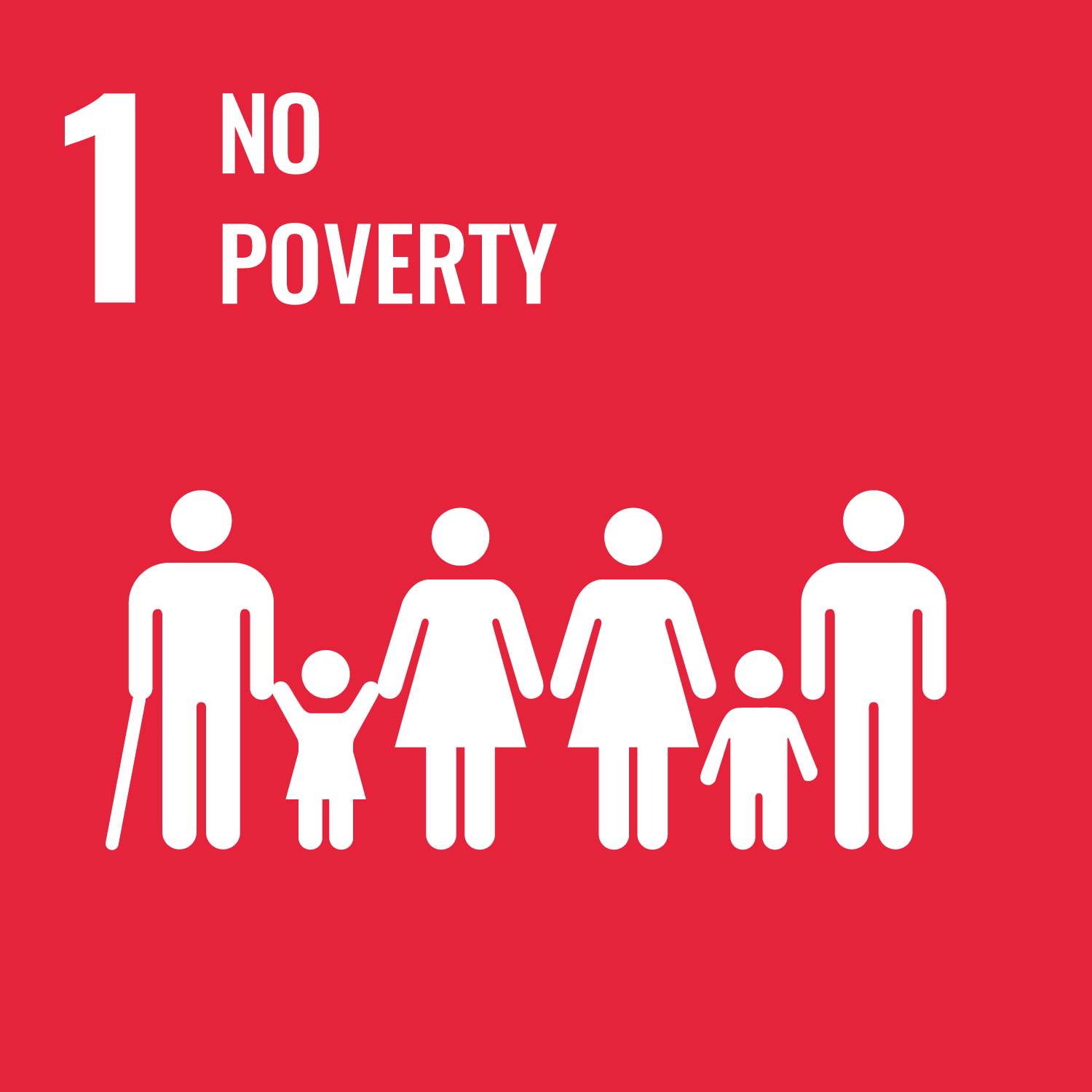
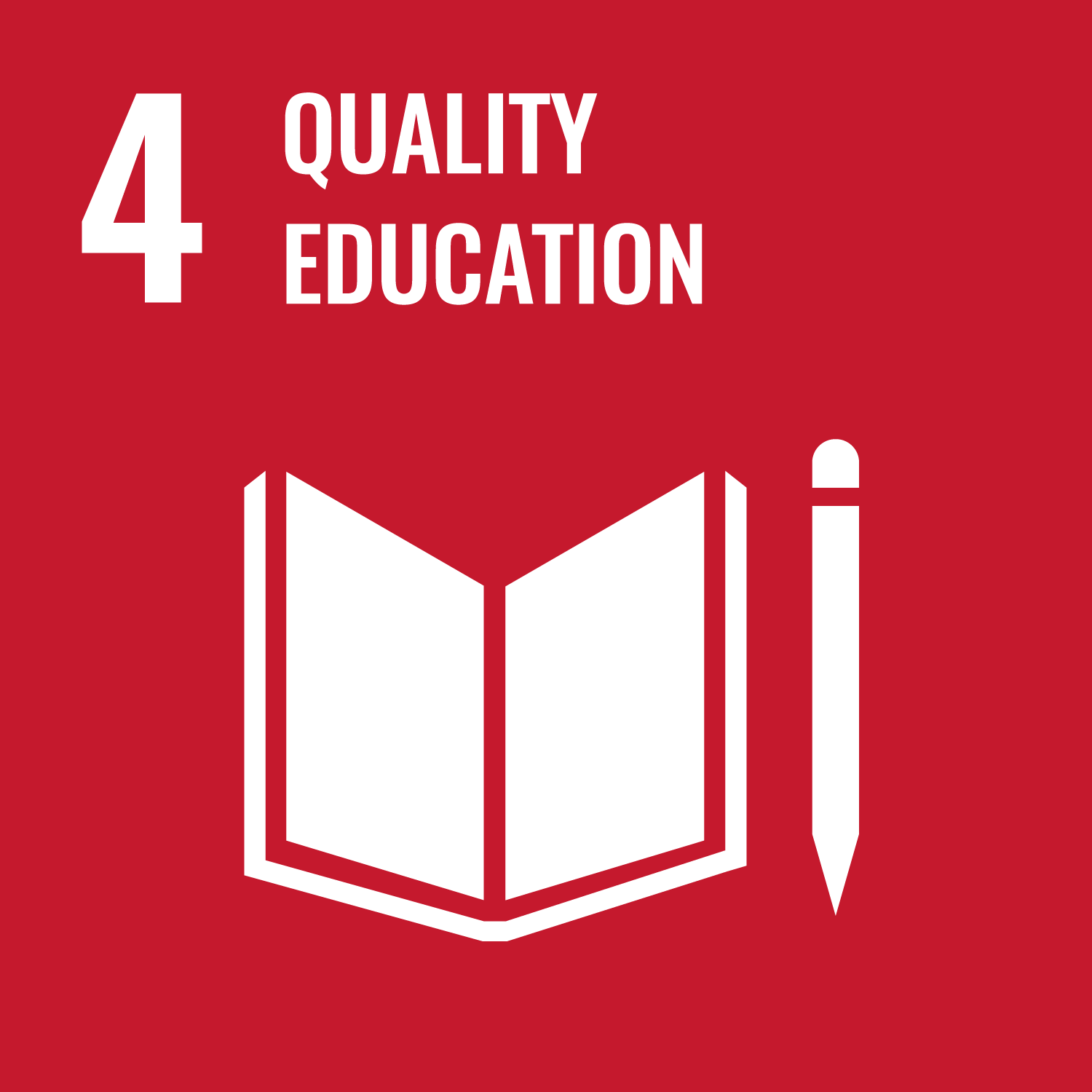

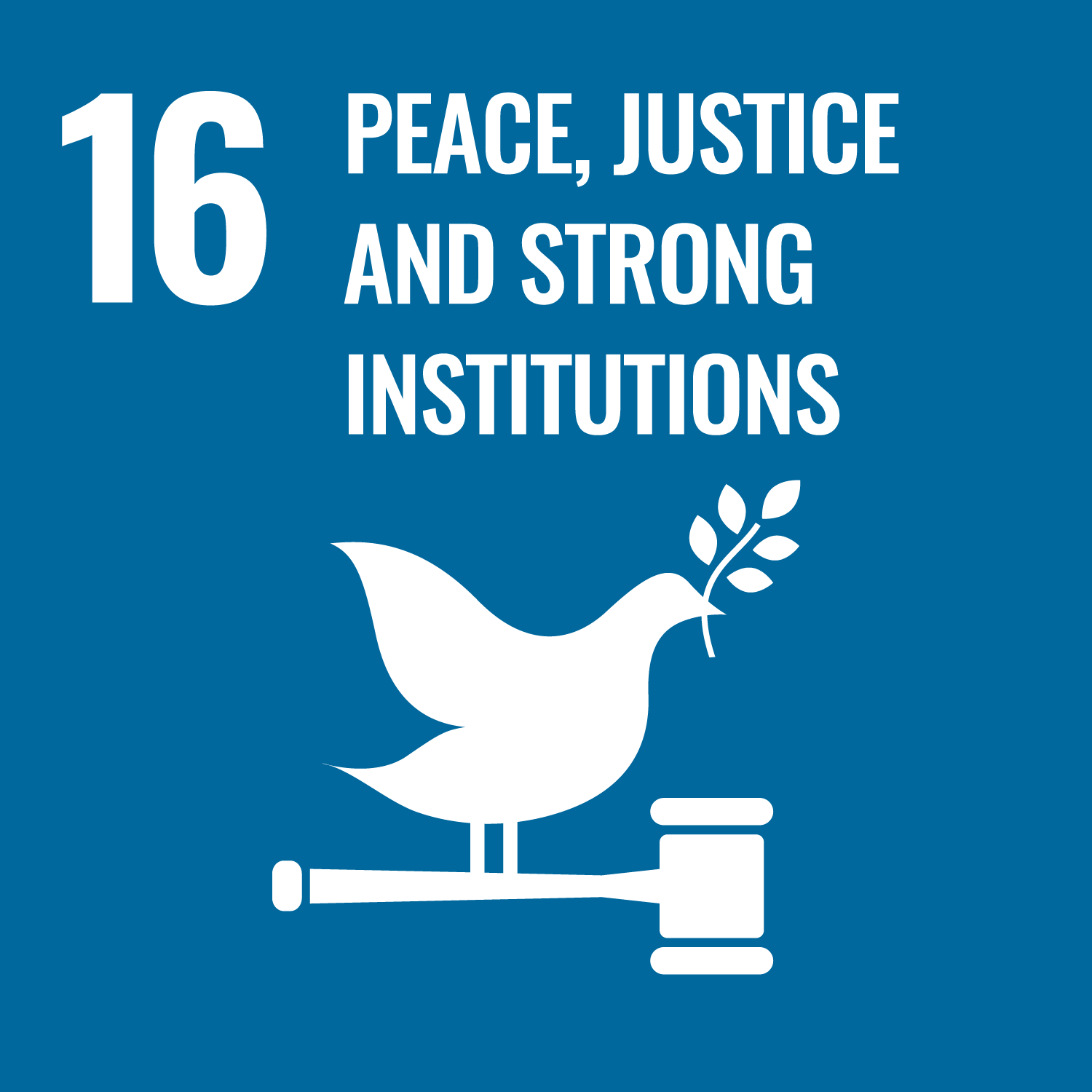
Reflection
This activity was all about building friendships. Was the group people contacted a lot like their group? What sorts of differences were there? Friendships usually have a balance of things in common (like interests and hobbies) and differences. Was it useful to talk to others about their project? How could people stay in touch with their new friends?
This activity was also about communicating. How did people reach out to make contact? How did they tell the other group about their project so far? Was it easy to communicate clearly? It can be tricky to put complicated projects and topics into words, so it’s good to practise. What could people to do make their messages accessible for different Scouts? How did people make sure they listened to what the other group had to say?
Safety
All activities must be safely managed. You must complete a thorough risk assessment and take appropriate steps to reduce risk. Use the safety checklist to help you plan and risk assess your activity. Always get approval for the activity, and have suitable supervision and an InTouch process.
Depending on your group, it may be useful to have an adult at each sheet of paper to help people write down their ideas.
It’s up to you whether young people take responsibility for contacting people themselves. Leaders may need to do it for younger sections, for example.
People can record their thoughts on the big sheets of paper in whatever way works for them, including drawing and writing ideas down.
No one has to write to the other group – they could work together on a shared letter, draw, or record a message instead.
Discussing refugees and displaced children may be difficult for young people who have experience of being a refugee or displaced (or have connections to it through other people). Make sure they know you’ll be covering the topic, and check what you can do to make it easier. This may involve avoiding specific scenarios or making sure there’s a space for them to take a break. Make sure people’s communication is respectful and supportive.
All Scout activities should be inclusive and accessible.
Set up a video call (or in person meeting) with your new connections. You could meet more Scouts by exploring connections or taking part in JOTA/JOTI.
Discover more at https://www.savethechildren.org.uk/

